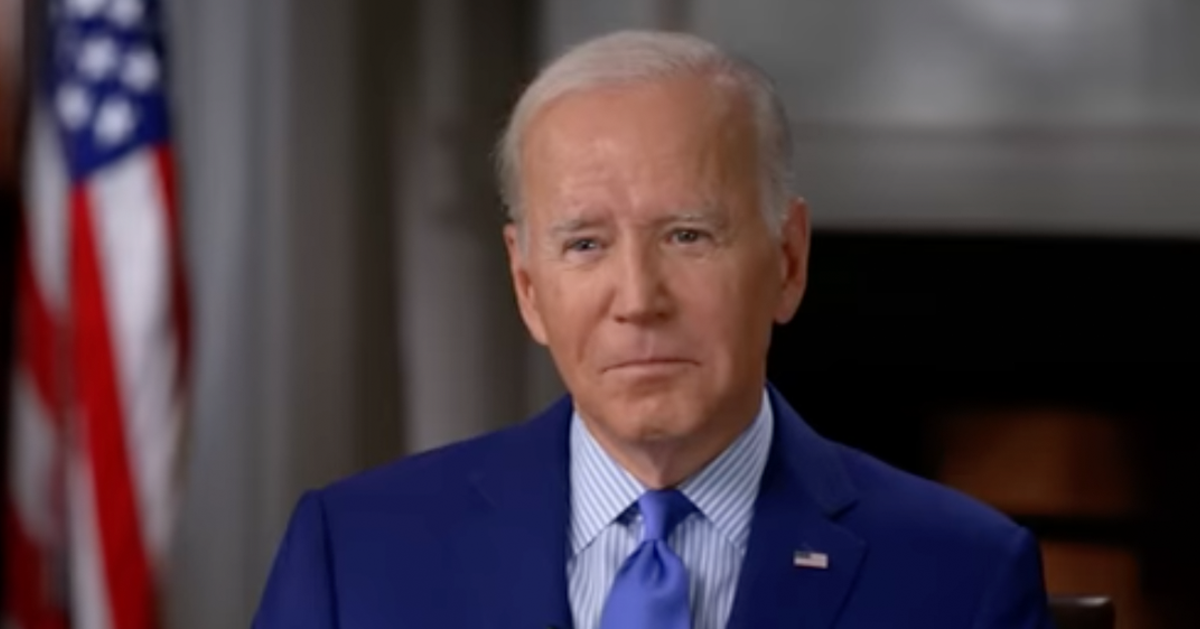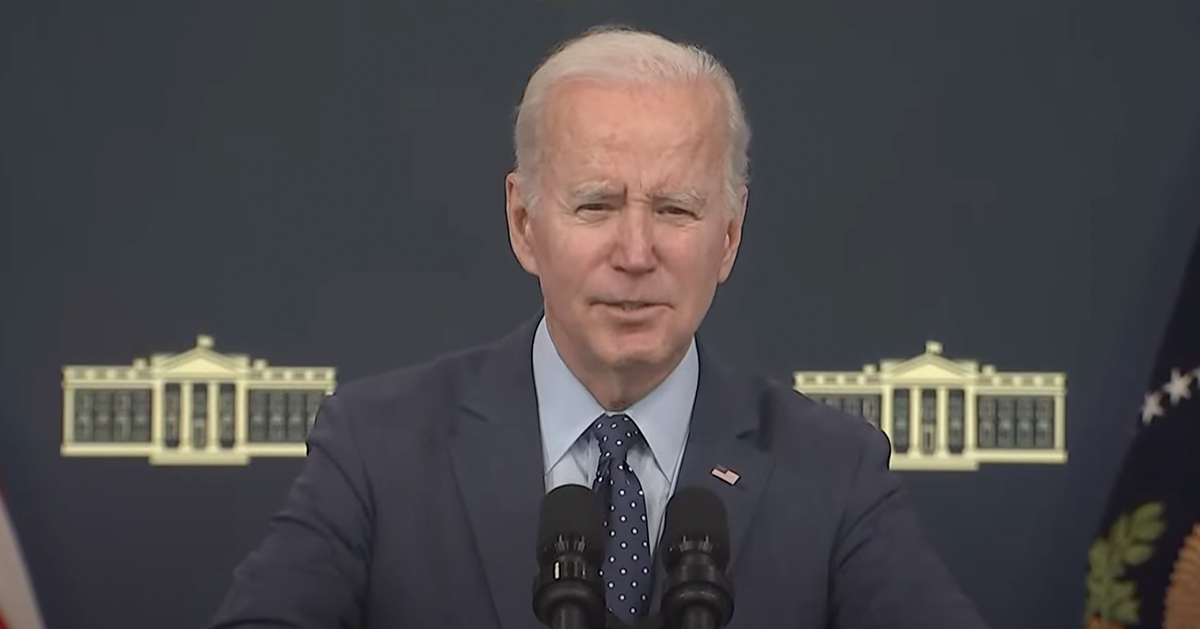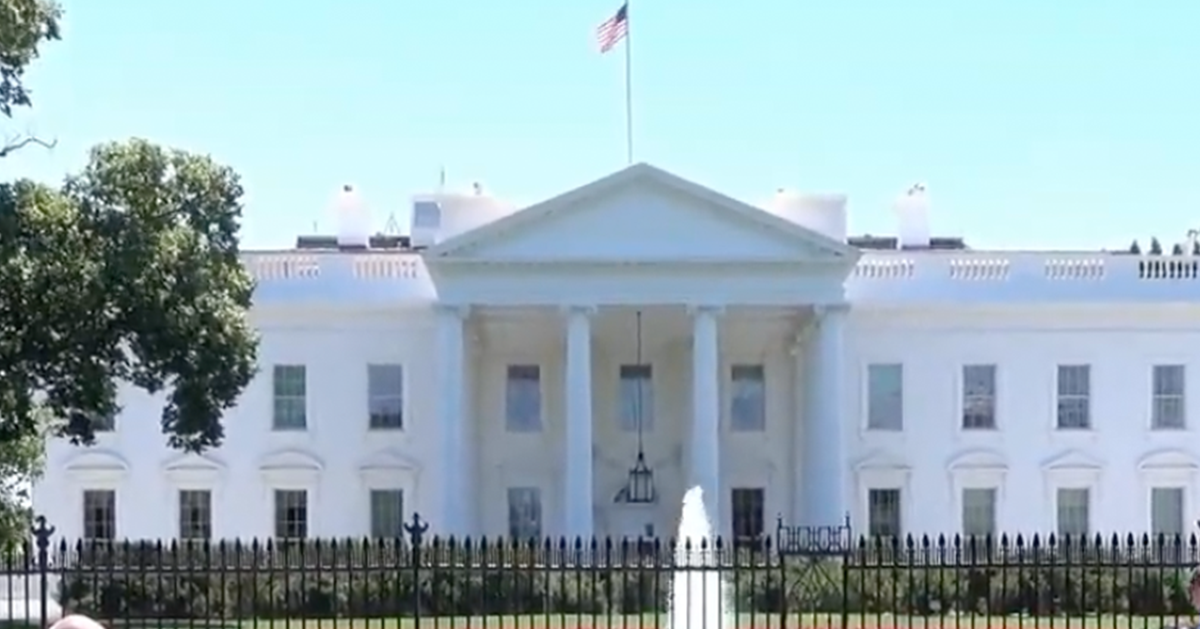Biden’s food stamp expansion caused grocery prices to jump by 15%, study finds
The Biden administration's expansion of food stamp benefits has been linked to a significant increase in grocery prices, according to a new report.
In a recent study, it was revealed that the Biden administration's extensive expansion of food stamp benefits has contributed to at least a 15% rise in grocery prices, as Fox News explains.
Details of the expansion
The Department of Agriculture, under President Biden, introduced revised nutritional standards for federal food benefits in 2021.
This revision expanded the program by approximately 25% from its pre-COVID pandemic levels. This move was aimed at addressing the increased food insecurity faced by many Americans during the pandemic.
Spending on the Supplemental Assistance Nutrition Program (SNAP) saw a significant increase between 2019 and 2022.
The findings from the Foundation for Government Accountability (FGA) showed that the expenditure rose from $4.5 billion in 2019 to a staggering $11 billion in 2022.
This surge in spending was unprecedented and raised concerns among numerous policymakers.
Impact on everyday Americans
The FGA has posited that the surge in food stamp spending has been a factor in the price hikes that many Americans have faced during a period of high inflation.
This inflationary pressure has added to the financial burdens of households, especially those already grappling with economic challenges. Jonathan Ingram, Vice President of Policy and Research at the Foundation for Government Accountability, stated:
USDA cooked their books to hike food stamp benefits by 27% — the largest permanent increase in program history. And they bypassed Congress to do it.
Research findings
The study referenced research from the World Bank. This research indicated that a 1% rise in per-capita food stamp benefits led to a 0.08% increase in grocery store prices.
To put it in simpler terms, for every 12.5% increase in food stamp spending, food prices would go up by 1%.
This correlation between food stamp spending and grocery prices has been a topic of debate among economists and policymakers.
Financial implications
The Foundation for Government Accountability also provided an estimate regarding potential savings.
If Congress decided to repeal Biden’s food stamp expansion, it could potentially save more than $193 billion in taxpayer funds.
This potential rollback, however, would have implications for beneficiaries of the program.
Future predictions
According to the Department of Agriculture’s website, food prices are predicted to rise by 5.8% over 2023.
While this is a slower rate compared to 2022, it remains higher than the "historical-average rates."
This forecast has led to increased scrutiny of the food stamp program and its potential impact on market prices.
Political repercussions
The topic of food stamp spending is expected to become a focal point in Congress' anticipated debate over the reauthorization of the Farm Bill.
This bill determines a variety of spending, ranging from food benefits for urban populations to provisions for rural broadband.
Republicans are advocating for a reduction in SNAP spending. On the other hand, Democrats are approaching the matter with caution.
This is especially true after they reached an agreement with House Republicans to introduce work requirements for certain food stamp beneficiaries. This was a prerequisite for increasing the federal debt limit earlier in the year.
Conclusion
- The expansion of food stamp benefits has been linked to a 15% rise in grocery prices.
- Spending on SNAP increased from $4.5 billion in 2019 to $11 billion in 2022.
- The World Bank's research suggests that a 1% rise in food stamp benefits leads to a 0.08% increase in grocery prices.
- The potential savings from repealing the expansion could amount to over $193 billion.
- Food prices are expected to rise by 5.8% in 2023.
- The topic of food stamp spending will likely be a major point of contention in upcoming political debates.





